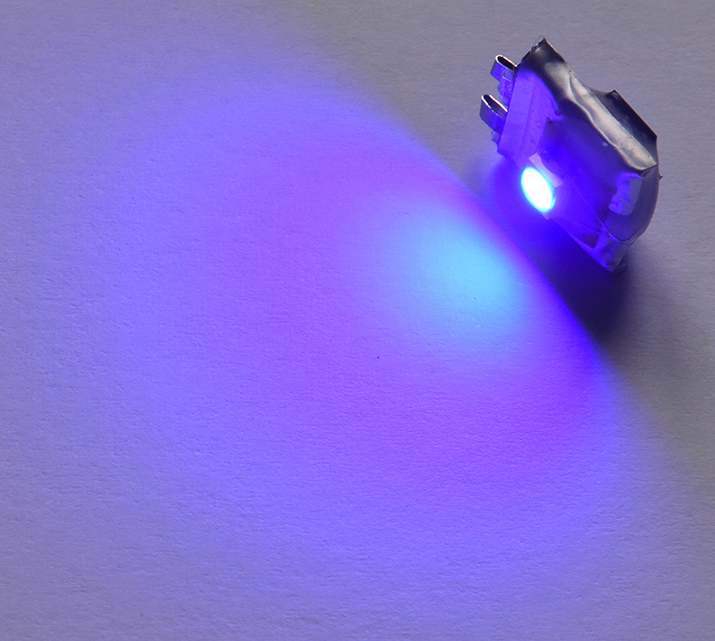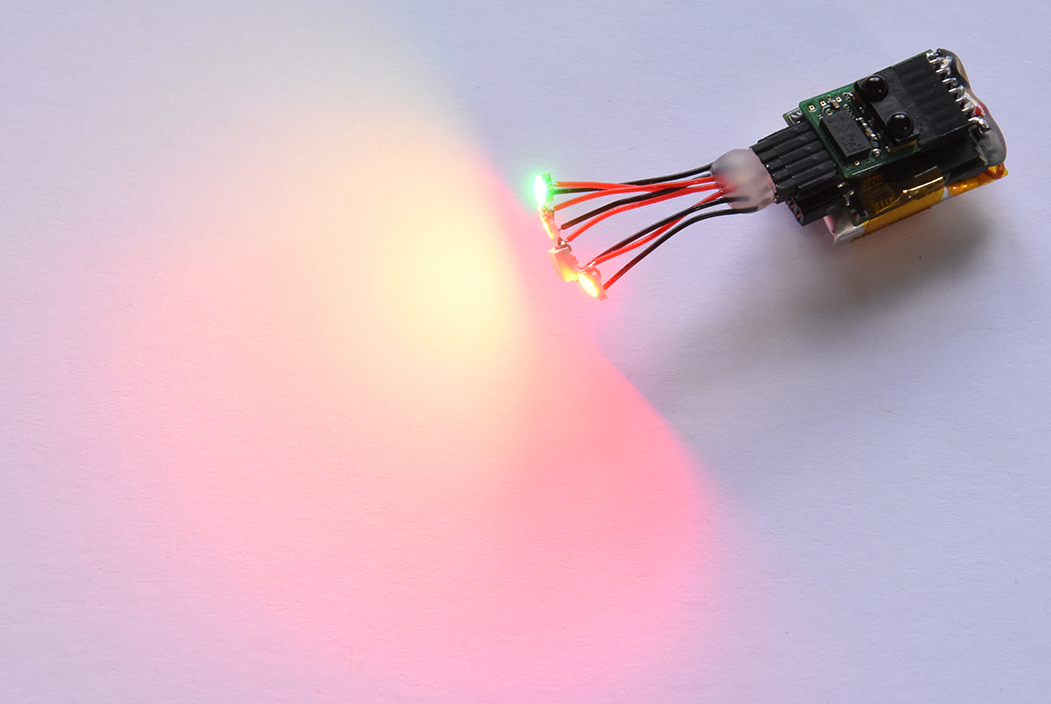
We are happy to introduce two new wireless optogenetic stimulating systems:
Only 0.59 g including the battery and one light emitter. Ideal for small laboratory animals (mice, rats, etc.) The system is lightweight enough to be used with small songbirds (< 14 g body weight), such as zebra finches and canaries. Stimulator supports up to 4 independently controlled light emitting diodes (LEDs).
Following multiple requests we added wireless optogenetic stimulation to our popular logger of electrical brain activity Neurologger 2A/2B. Almost without weight increase the system allows recording of brain activity (4 channels up to 33 kHz sampling) together with activation or suppression of up to 4 brain areas by optogenetic tools. The system is designed for use with mice, rats and other laboratory animals. |
||
|---|---|---|
Both stimulators receive controlling signals from the computer in real time through infrared (IR) link. |
||
Optogenetic stimulator capabilitiesStimulating capabilities of ultralight and integrated with Neurologger 2A/2B wireless optogenetic stimulators are similar. Key features are:
|
||
Maximal duration of experiment with ultralight optogenetic stimulatorLongevity of experiments with batteries of different capacity and weight was estimated for ultralight single-channel optogenetic srtimulator in two modes:
Stimulator consumes 345 μA in waiting mode and on average 5.5 mA in stimulation mode (peak current 55 mA that is 25% of maximal current through 1 W peak power blue 460 nm LED with 3.7 V power supply). |
||
Maximal duration of optogenetic stimulation with different batteries
|
|||||||||||||||||||||||||||
 |
 |
||||||||||||||||||||||||||
Ultralight (0.59 g) wireless optogenetic stimulator |
Neurologger 2A with optogenetic stimulation |
||||||||||||||||||||||||||
| Wireless Optogenetics |  |